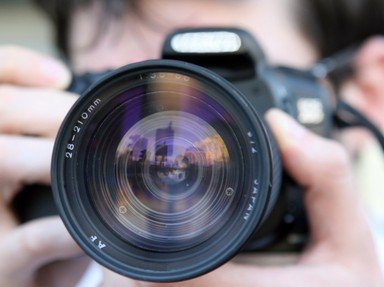Quiz Answer Key and Fun Facts
1. Astonishingly so, mankind began to show an interest in photography as long ago as 500 BC. What type of camera was described by several far sighted men at that time?
2. Almost 1,000 years later, there is a record of another mathematician, from the Byzantine era this time, using a form of a camera obscura in his work. What was the advance from the pinhole camera to the camera obscura?
3. Ibn al-Haytham (965-1040) experimented further on the science of optics. Of what ethnicity was he?
4. By the mid 13th century, one Albertus Magnus, a Catholic Bishop and scholar, discovered which substance which would later prove to be essential in photography?
5. Another 400 years down the track saw the German born Georg Fabricius discovering silver chloride. Regarding photography, for which purpose is silver chloride used?
6. The next big step forward was in 1566 when the Italian Daniel Barbaro discovered a diaphragm. Is it true that on a camera, this is a function that reduces light passing into the camera?
7. Which great mind of the 15-16th century showed mother nature at work by demonstrating a natural camera obscura?
8. The first success at displaying images, without having to use the camera obscura to do so, came with which father of a famous English potter?
9. In 1838, who took the first confirmed photograph of a person?
10. Regarding the above question, France did an amazing thing with this inventor's discovery. The government of that country agreed to pay him a pension in exchange for the rights to his invention. What did that country's government do with his invention then?
Source: Author
Creedy
This quiz was reviewed by FunTrivia editor
WesleyCrusher before going online.
Any errors found in FunTrivia content are routinely corrected through our feedback system.


